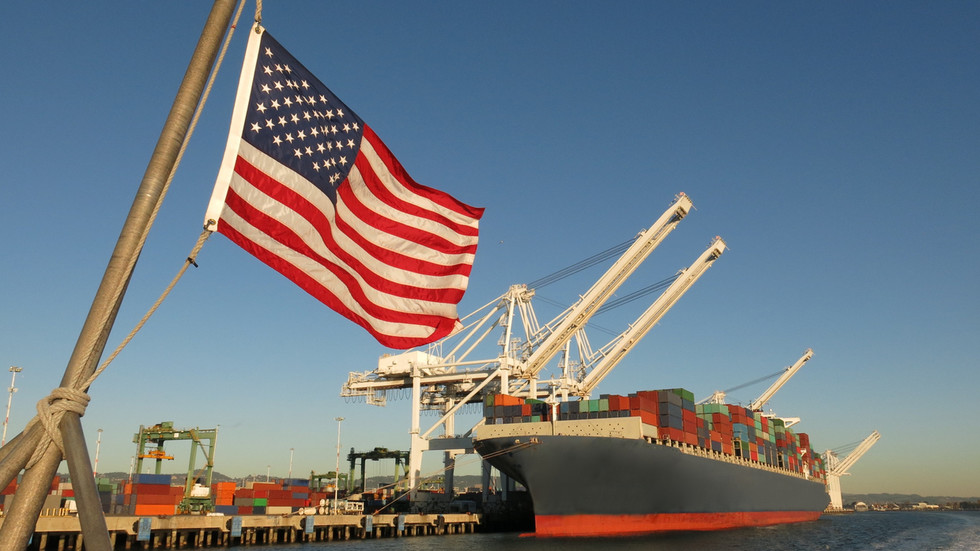US President-elect Donald Trump has announced plans to impose significant tariffs on imports from Canada, Mexico, and China upon taking office in January. In a recent post on his Truth Social platform, Trump emphasized that he aims to impose a 25% tariff on all goods from Canada and Mexico, asserting that this economic measure is a necessary action to combat illegal immigration and the ongoing fentanyl crisis in the United States. He underscored his concerns about increased drug trafficking and crime associated with individuals crossing the US borders from these neighboring countries. According to Trump, both Canada and Mexico possess the authority to address this “long simmering problem,” and he vowed to maintain the tariffs until the flow of illegal drugs, particularly fentanyl, is halted.
Additionally, Trump indicated his intent to apply a blanket 10% tariff on all imports from China, which would be added to the existing duties that have been levied. This approach targets the Chinese government’s role in the production and distribution of fentanyl, which has contributed to the opioid epidemic in the US. Trump remarked that this action would continue until China takes effective measures against drug dealers that facilitate the trafficking of fentanyl into the US. The epidemic associated with fentanyl and the issue of increased illegal immigration have emerged as pivotal topics in the ongoing 2024 presidential election campaign, drawing attention to the implications for US national security and public health.
China has a history of restricting the production of synthetic opioids, having banned fentanyl in 2019. However, the Drug Enforcement Administration (DEA) has reported that Mexican drug cartels have adapted by sourcing precursor chemicals from Chinese companies, enabling them to manufacture fentanyl within Mexico. This product is then trafficked into the United States, creating ongoing challenges for law enforcement and public health officials. The dynamics of this triangular relationship between the US, Mexico, and China illustrate how international trade and drug trafficking intersect, complicating the governmental response to these pressing issues.
During his first term as President, Trump adopted a confrontational stance toward China, characterizing himself as a “tariff man.” His administration engaged in a prolonged trade war, driven by allegations of unfair practices and the need to protect US economic interests. Tariffs were imposed on a wide range of Chinese goods, and access to advanced US technologies was restricted. These actions marked a significant shift in US-China relations, leading to tensions and disputes that echoed in political and economic discussions globally. The potential reintroduction of tariffs in his upcoming presidency signals a continuation of this aggressive trade policy.
In response to Trump’s tariff threats, officials from the Chinese embassy in Washington cautioned against the negative outcomes of a trade war. They argued that the economic and trade relationship between the US and China is inherently beneficial for both nations. Embassy spokesperson Liu Pengyu highlighted concerns that continued escalation of tariffs would yield no winner and instead harm both economies. This diplomatic communication underscores the fragile nature of US-China relations and the potential implications of Trump’s proposed policies on broader international trade dynamics.
As these discussions unfold, they set the stage for a contentious economic landscape leading into the 2024 presidential election. The interplay between trade policy, immigration reforms, and public health crises such as the fentanyl epidemic reflects the complex challenges that the incoming administration will face. In this context, Trump’s promises to impose tariffs signify not only a potential shift in economic policy but also an appeal to his voter base concerned with immigration and drug-related crime. Following through on these promises could lead to significant repercussions for US trade relations with Canada, Mexico, and China, raising questions about the future of international collaboration in addressing shared challenges.

